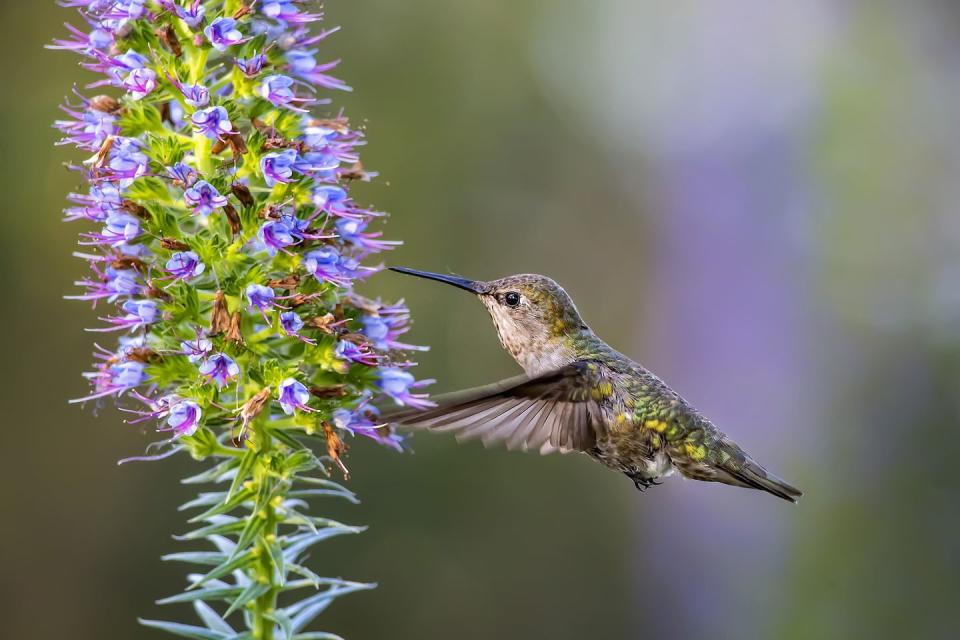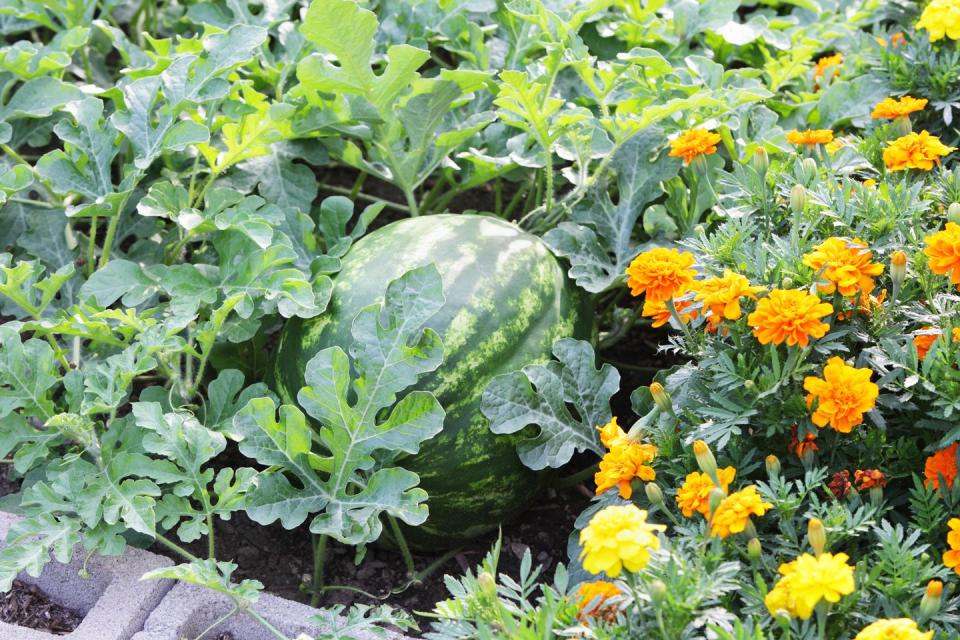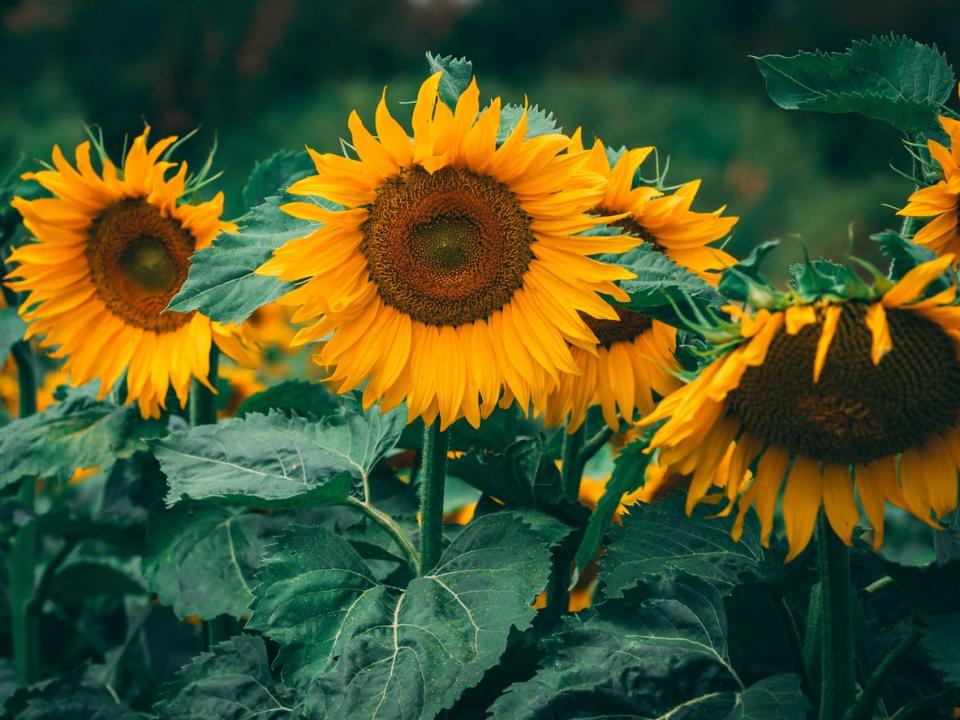Gardening Experts Say You Should Always Plant Flowers in Your Vegetable Patch

If you’re still growing flowers and vegetables on opposite sides of your yard, it’s time rethink your garden plan. Companion planting flowers and vegetables in the same beds is a strategy professional growers use to boost yields and keep crops healthy, and it’s easy and beneficial for beginners to do, too.
Maggie Saska, plant production specialist at the Rodale Institute organic farm, says the most important reason to grow flowers in your vegetable bed is to attract native bees and other beneficial insects. Without bees stopping by your garden to snack on nectar and swap pollen around, you’re going to have a pretty disappointing crop.
Plus, planting bee-friendly flowers near your vegetables also supports struggling pollinator populations and biodiversity. You can also plant flowers specifically to attract butterflies, hummingbirds, and other desirable species.
Ready to get started? Before you order your seeds, here are five tips that Saska says are important to keep in mind when selecting flower varieties for your vegetable patch.
Pay Attention to Bloom Time

In order for companion planting with flowers to work, you have to select flowers that will bloom at the same time as your veggie crops. If the type you planted doesn’t blossom until two weeks after your peas finish flowering, your peas are out of luck.
Seed packets will tell you how soon flowers will bloom after planting so that you can sync up your planting schedule. However, it’s a good idea to plant a variety of flowers to ensure that you’ve got continuous blooms throughout the entire growing season.
Consider Flower Shape

The flowers that attract hummingbirds are not the same as those that attract bees or beneficial wasps. The flower’s shape makes it easier or harder for different species to access the nectar and pollen. To attract bees and other pollinators, Saska recommends choosing flowers with a composite shape, like zinnias, cosmos, daisies, sunflowers, and purple coneflower.
Space Them Out

Sprinkle flowers throughout the garden rather than planting them in one clump. How you do it is really up to you. You can plant a row of veggies followed by a row of flowers, or you can interspace them within the same row. Consider getting strategic and using flowers to break up a row to indicate where your sweet peppers end and your hot peppers begin. Or, plant flowers to form a border around the outside of the bed.
Think About Height

You don’t want your flowers competing with your veggies for sunlight, so choose mostly low-growing flowers. However, some crops (like lettuces) might benefit from a little shade during the summer months, so occasionally it makes sense to go with a taller variety.
Start Simple
Saska recommends that beginners start by working with annual flowers because they’re grow easily and produce lots of blooms. You also don’t have to worry about them coming up in the same spot every year if you want to change your garden design.
However, native perennials are one of the best ways to attract native bees, so don’t omit them from your yard entirely. The Xerces Society offers a great region-by-region guide to pollinator-friendly plants (mainly perennials) and includes information on bloom time, height, and watering needs.
Follow House Beautiful on Instagram.
You Might Also Like


